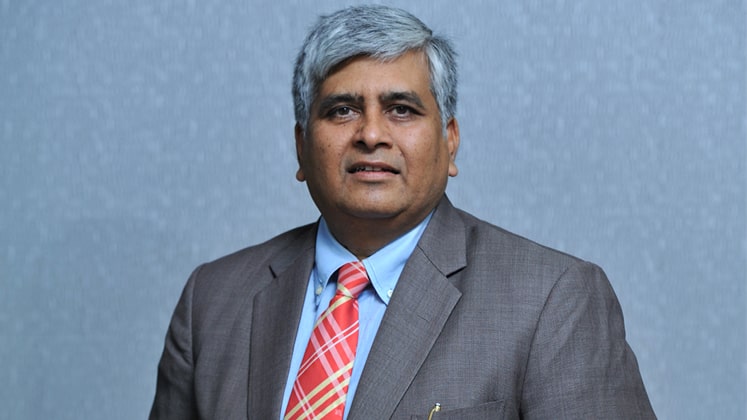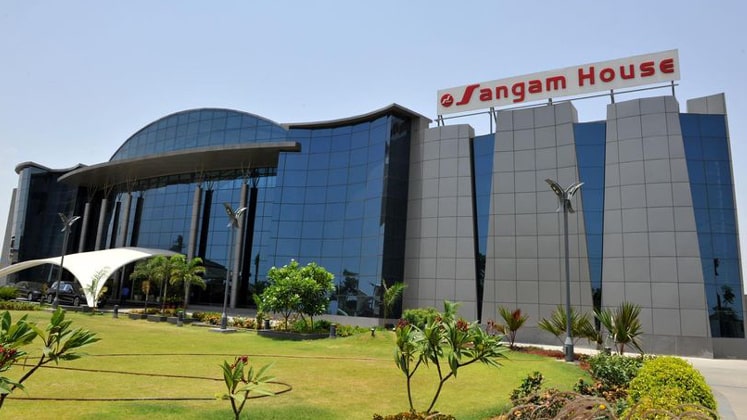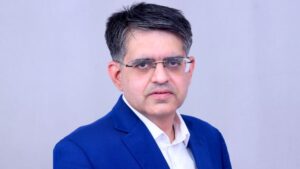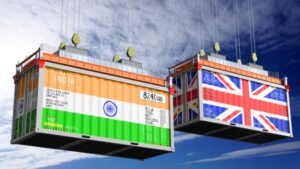During the past few months, many companies have announced their expansion plans and some of them have even started working on the ground level, be it the construction of a new production plant or placing orders for machines etc. Interestingly few such companies have niche product segments. Bhilwara(Rajasthan)-based Sangam India is also one such organisation. Going to complete four decades of its inception, the company was founded by Ram Pal Soni. Having started with only 8 weaving machines, the company has grown tremendously to become one of the leading names with its variety of offerings like Poly Viscose (PV) dyed yarn, PV fabric, denim fabric and seamless garments. It is expanding yarn and garment capacity in a good way. Dr S. N Modani, MD & CEO of the company (who holds a PhD in strategic management practices for a sustainable future, along with an MSc. in Chemistry (Hons.) as well as an MBA qualification) in discussion with Apparel Resources (AR) shares various aspects of niche product seamless garments and overall growth opportunities.

It was in 2014 when the company announced its entry into the manufacturing of seamless garments and the very next year, it entered into the Indian domestic market with brand C9 Airwear which has now a strong offline as well as an online presence. Today with 52 seamless knitting machines, it has the capacity to produce 5.4 million pieces annually. The company is seeing exponential growth in the seamless garment segment. There is high demand for shapewear, athleisure, activewear and lingerie category across all formats. Recently the company started construction of a new factory for this product category at Atun which is around 14 km from Bhilwara.
It has set up a world-class plant for seamless garments and produces innerwear, activewear, maternitywear and casualwear garments for both men and women. Various blends of polyamide, spandex and polypropylene and also natural fibres such as bamboo, cotton and viscose are used for these garments.
The company is catering to Socio-Economic Classes (SEC) A+, A & B segment majorly residing in metros and Tier-1 cities. Out of its total seamless garment production, it is utilising 30 per cent for its own brand.
“There are various challenges in seamless garment manufacturing likewise each industry has. Some of them are streamlining the timely and quality supply of raw materials from overseas vendors, skilled manpower, cost control in the current scenario, managing inventory of goods and raw material which intent to impact on working capital and margins. We are closely monitoring all these factors with the help of technology and micro-management techniques,” S.N Modani says.
The facilities of the companies are in Bhilwara which is not a dedicated garment hub, but the company is able to manage capable workers as it has skilled manpower from nearby states and the majority from periphery areas. Besides, it regularly conducts training programs for workers to improve their skill set.

As far as competition in this particular segment is concerned, the company is still competing with the cut & sew segment because the domestic market is dominated by cut & sew brands. “We managed to develop a few remarkable exclusive products on seamless technology which is helping us penetrate the market and sooner we will cater to a larger audience with the help of supply chain and digital space,” he says.
The company is performing well as its recent quarter results were enthusiastic. It achieved a record revenue of Rs. 635 crore in Q2 of FY ’22 with an increase of 104 per cent as per Y-o-Y comparison.
The company is having the advantage of vertically integrated operations as it also produces 35 million metres of PV fabric and 48 million metres of denim fabric. It has 2,36,000 spindles and 3,000 rotors. Looking forward, the company is geared up to expand its yarn production. “We will invest Rs. 137.25 crore for cotton yarn expansion with 32,848 spindles. These operations will start from 1st April 2022.”
Despite the plenty of challenges, the company has not been impacted much as he says, “Yes, the cost of yarns, dyes and chemicals, sea freight and coal has been on an upward trend since the beginning of the year which is certainly hitting the selling price of the product by almost 20-30 per cent higher than pre-pandemic. It has not impacted sales because the customer is willing to pay a higher price due to a shortage of supplies.”

Thrust on Sustainability and CSR
- 5 MW wind energy and 13 MW solar energy plants
- Supporting hospital
- Supporting sports by donations







